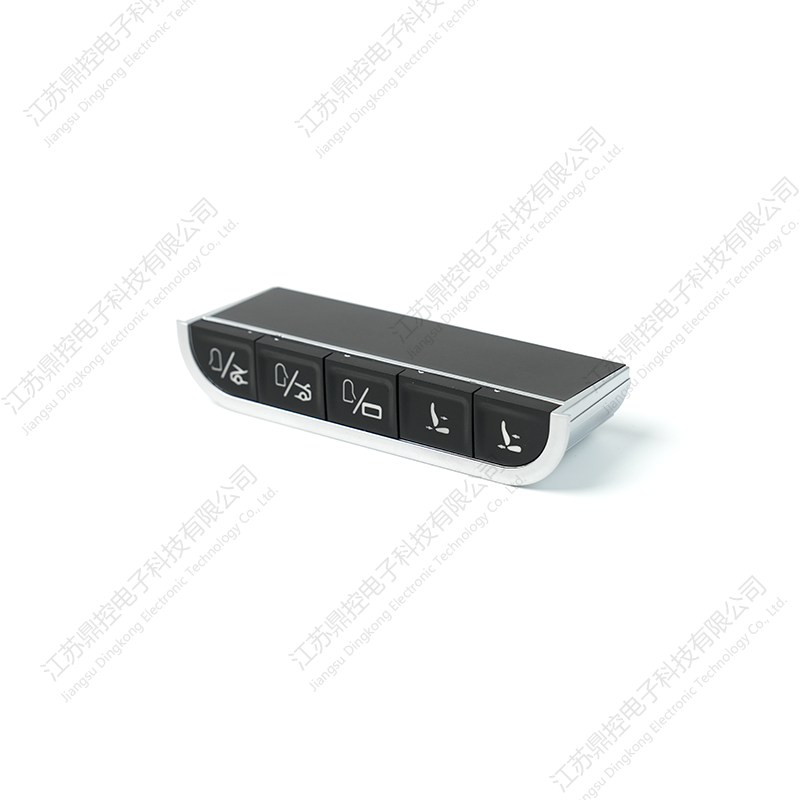1: Introduction – Enhancing Comfort and Convenience with Car Armrests The Importance of Comfort in Modern Driving In today’s automotive landscape,...
READ MORESep 23, 2025
Tesla vehicles have gained immense popularity worldwide for their electric performance, innovative features, and sleek design. With the rise in Tesla ownership, the market for aftermarket accessories has also grown rapidly. From performance-enhancing modifications to aesthetic upgrades, owners have a wide array of options to customize their cars. However, a common concern arises: will installing Tesla aftermarket accessories affect the vehicle’s warranty? Understanding this requires a careful look at Tesla’s warranty policies, types of accessories, and legal protections for vehicle owners.
1. Tesla Warranty Overview
Tesla offers comprehensive warranties for its vehicles, including a New Vehicle Limited Warranty, Battery and Drive Unit Warranty, and Supplemental Restraint System (SRS) coverage. These warranties protect against defects in materials or workmanship for specified periods or mileage limits. Like most automakers, Tesla’s warranties are designed to cover factory-installed parts and authorized repairs. Any modification or installation of third-party components raises the question of whether such changes could void warranty coverage.
2. Aftermarket Accessories and Warranty Rules
According to Tesla and general vehicle warranty principles, installing aftermarket accessories does not automatically void the warranty. The critical factor is whether the aftermarket accessory causes damage or failure to a covered component. For example, installing a third-party floor mat or screen protector is unlikely to affect the warranty, as these items do not interact with the vehicle’s mechanical or electrical systems.
However, more invasive modifications, such as performance chips, suspension upgrades, or non-Tesla battery chargers, may lead to issues. If a failure occurs and Tesla determines that it was caused or exacerbated by an aftermarket accessory, the warranty claim for the affected component may be denied. This principle is consistent with the Magnuson-Moss Warranty Act in the United States, which states that manufacturers cannot void a warranty simply because a third-party part is used, unless it can be shown that the aftermarket part caused the failure.
3. Examples of Safe Aftermarket Accessories
Many aftermarket accessories are considered “safe” in terms of warranty protection because they do not interfere with core vehicle systems. Examples include:
These accessories improve comfort, style, or convenience without affecting the vehicle’s mechanical, electrical, or battery systems, and are generally unlikely to impact warranty coverage.
4. Examples of Risky Aftermarket Modifications
Some aftermarket modifications can be riskier because they interact with Tesla’s systems:
If these modifications lead to component failure, Tesla may deny warranty claims for those specific parts. For example, if a non-approved performance chip causes battery overheating, the battery warranty may not apply, while other unaffected components remain covered.
5. Tesla Service Center Policies
Tesla service centers have the discretion to inspect vehicles and determine whether aftermarket accessories have contributed to a failure. Owners are generally advised to be transparent about any modifications when requesting service. Installing accessories through Tesla-approved channels or using certified products can help minimize warranty risk. Some third-party accessories are specifically marketed as “Tesla-approved” or “warranty-safe,” which may offer additional assurance.
6. Best Practices for Owners
Conclusion
In summary, Tesla aftermarket accessories do not automatically void the vehicle’s warranty. Warranty coverage is only affected if a modification directly causes damage to a covered component. Non-intrusive accessories such as floor mats, wraps, or organizers are generally safe, while performance or structural modifications carry higher risk. By understanding Tesla’s policies, using certified products, and documenting installations, owners can customize their vehicles without unnecessarily compromising warranty protection.
Ultimately, informed decision-making is key: Tesla owners can enjoy personalization and upgrades while maintaining peace of mind regarding their warranty coverage. The rule of thumb is simple—if the accessory does not harm the vehicle’s systems, it is unlikely to interfere with the warranty.

1: Introduction – Enhancing Comfort and Convenience with Car Armrests The Importance of Comfort in Modern Driving In today’s automotive landscape,...
READ MOREI. IntroductionThe automotive industry is undergoing constant evolution, with a growing emphasis on vehicle maintenance and personalization. For car o...
READ MORE1. Introduction The Tesla Model 3 and Model Y have quickly become two of the most popular electric vehicles on the market. With their sleek designs, i...
READ MORE